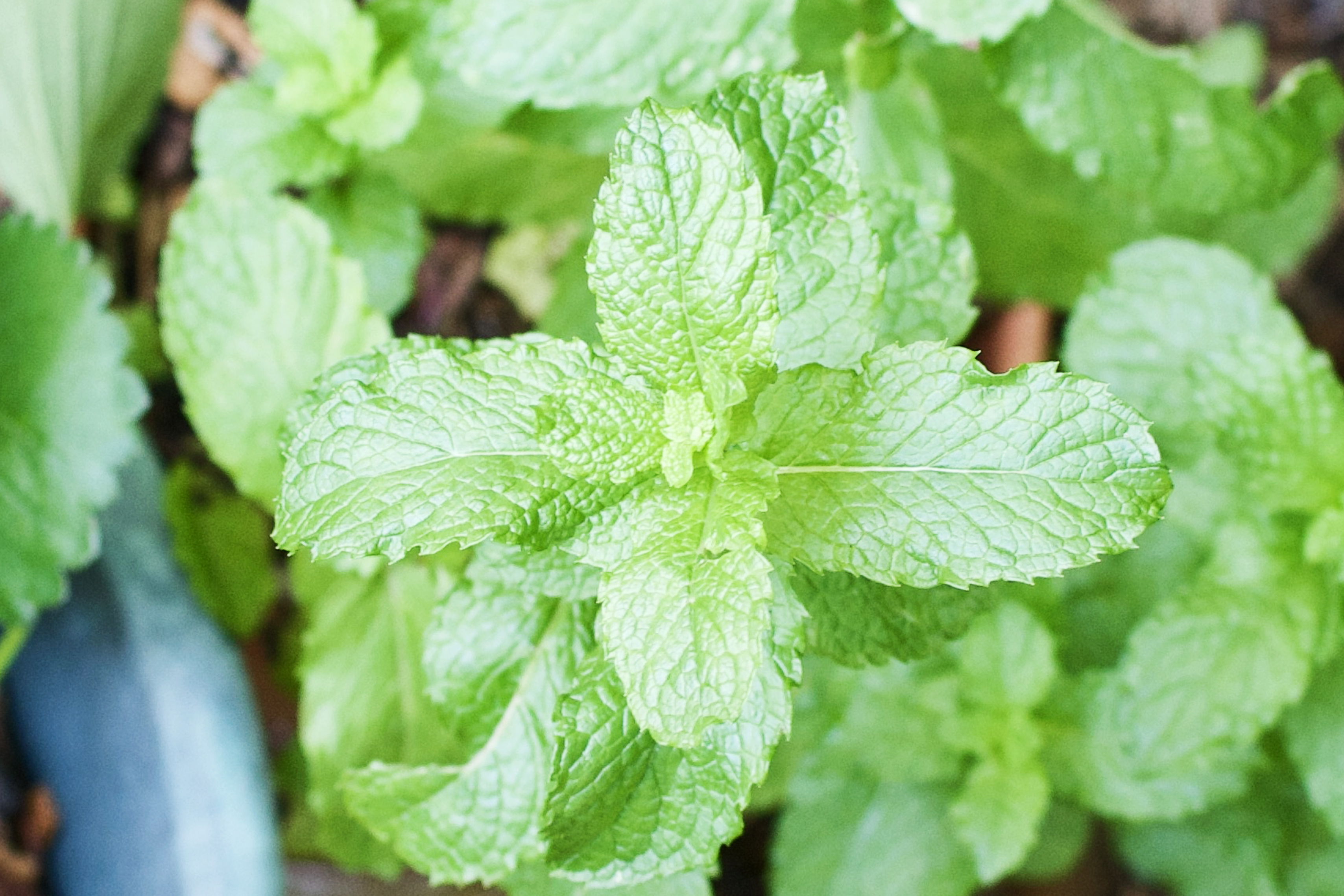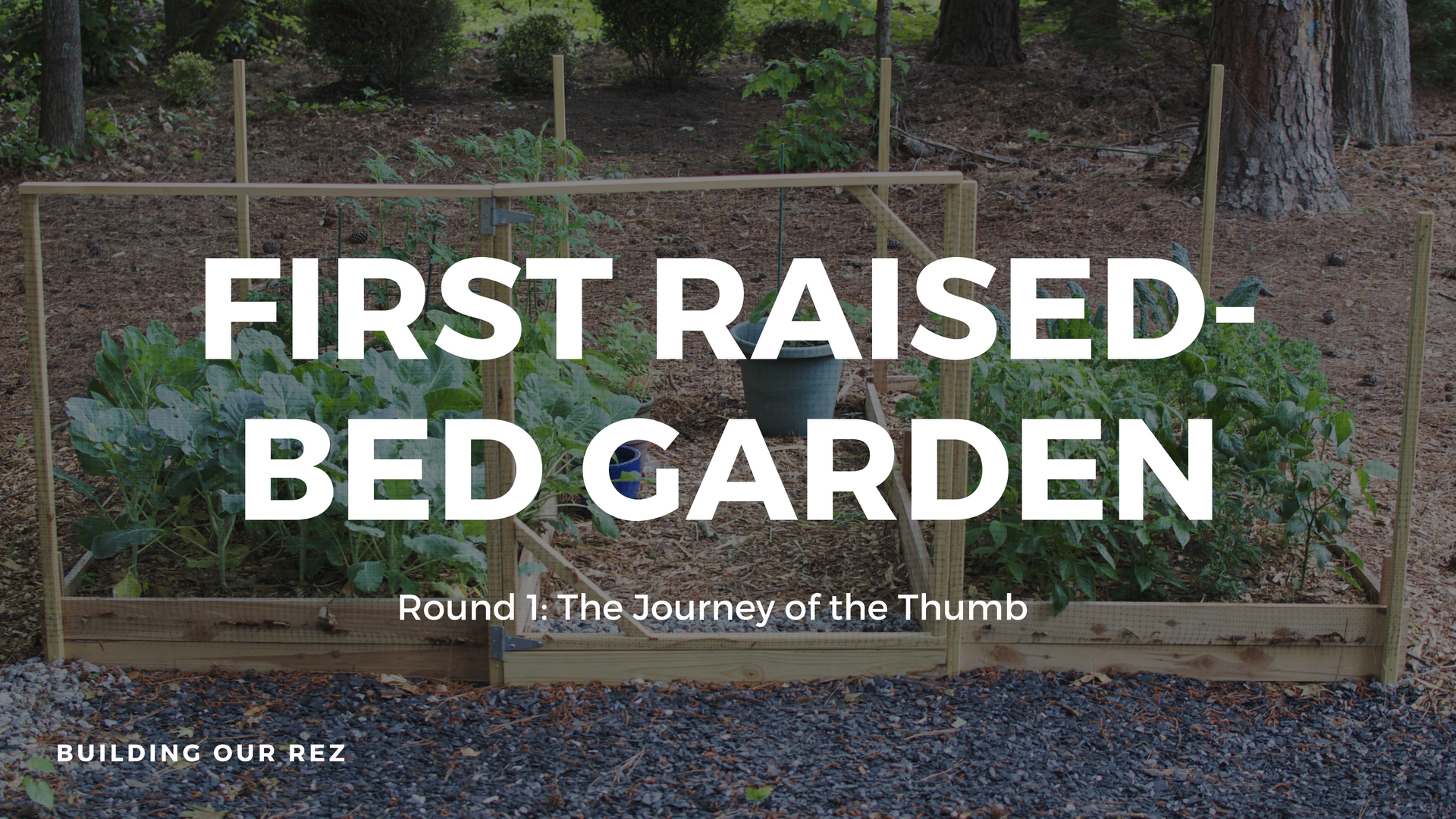Welcome to the saga where my (and your?) identity shifts from black thumb to green thumb. But not without bug bumps & fungal bruises along the way. Join us as we ever so gradually forsake the grocery store produce section for our backyard blissful bounty. Don’t settle for the vegetative mainstream. Don’t perpetuate the separation between farm & feast. Know what you grow & grow what you know. Be proud of your inner burb / urban gardenista identity. Or at least fake it till you stake it… fake it till you bake it? Fraud till you peapod? Garden phony to testimony? Bluff till you stuff (your face)? That sounds about right.
Oh, by the way, here’s what we’re digging into today (rhyming accident, I swear):
- Recap: how to build a raised-bed garden.
- Recap: the garden tour.
- Today’s update!
- The harvest!
- Plants in progress.
- Pruning.
- Organic pesticides, repellents & barriers.
How to build a raised-bed garden.
Don’t miss this crucial tutorial on how to handcraft a garden bed made out of cedar. Pros: weatherproof wood without toxins, weed prevention, mole prevention, optimal water drainage, ease of mixing in a composted soil, simple mesh fence installation, and no excessive soil compaction. Cons: probably sweating while you built it.
Garden tour.
The tour includes every single plant we gently shoved into the earth with our bare hands. Lavender. Tomatoes. Peas. Strawberries. Yellow squash. And many more lovely veggies and herbs. Get a glimpse of the raised cedar bed doing what it was designed to do.
Our first garden update!
Good news, friends. Everything in the raised beds out back haven’t all keeled over yet. And a few are thriving way beyond my highest expectations. We’re seeing load of flowers, an onslaught of malicious insects, and the cedar is holding up quite well against the dramatic temperature & moisture changes of spring. Removing dead and pre-decomposed foliage is making room for new growth. The wooden 2″ by 2″ fence stakes tightly wrapped with plastic mesh have fought the deer and rabbits valiantly. No signs of animal-inflicted plant suffering here!
Our “learn as we go” approach definitely comes with casualties though. The curly kale and lacinato kale have taken a beating from tiny insectuous moochers. The broccoli, cauliflower and brussels have experienced a similar fate. If you’re encountering the same arthropodic resistance, carefully read through what we are now administering to destroy, repel and barricade ourselves from the little buggers and stay tuned for our outcome update.
The harvest!
GREEN BEANS
The crisp, crunchy, juicy, vegetal, green pods that are green beans. Slow and sustained harvest has been consistent over the past 2 months. A few plants yielding a few greenies at least every week. 10 pods are in growth mode at all times. Enough for one person to enjoy semi-regularly. They’re the yummy reward at the end of my watering & pruning sessions. Consider planting 10 green pea seedlings for a greater, family-friendly yield.
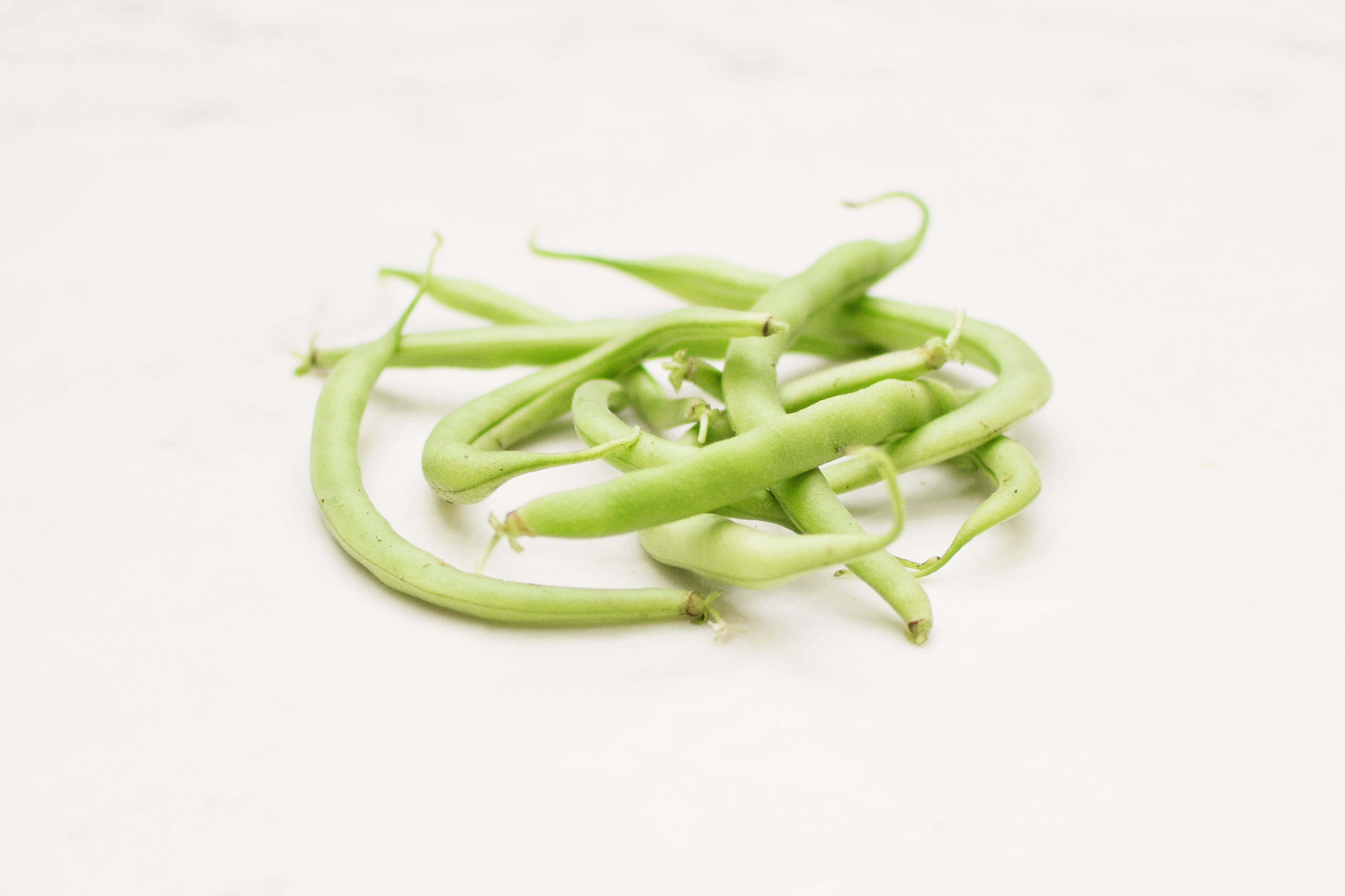
KALE
She was the first to envelope one of the raised beds, produce more hardy / leafy / nutritious greens than we could dream of eating, and first to get full-on attacked by insects. The lacinato kale is more substantial – it is perfect for light & crispy kale chips. It holds up to heat and moisture. The curly kale can add layers of texture to a superfood salad or fresh veggie pasta dish with its wavy, voluminous leaves.
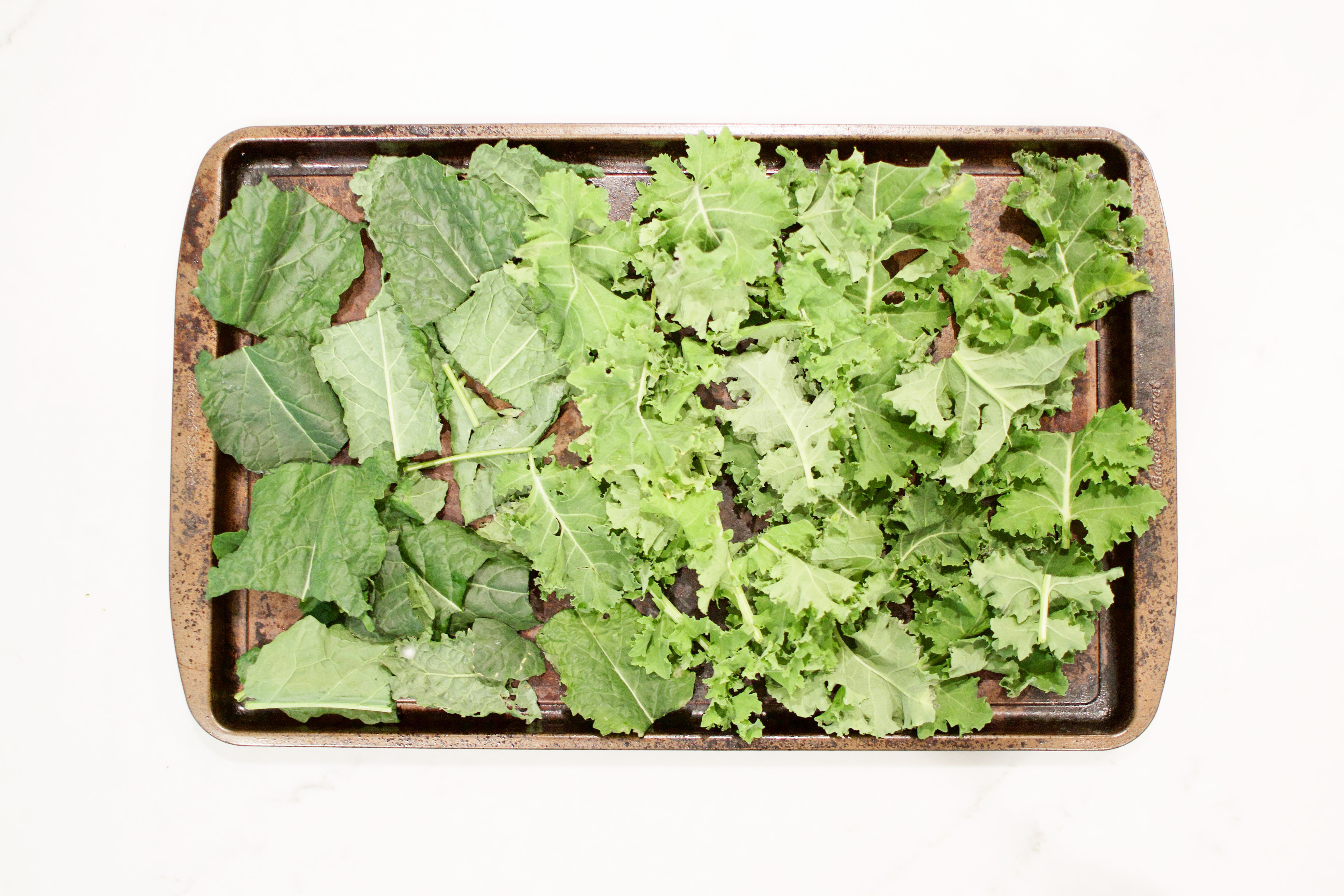
MAMMOTH JALAPEÑO PEPPERS
2 are full size & 1 is on its way! We’ll be snipping off both of those bright green fireballs to spice up a few dishes this week. Bring the heat. You may have noticed that “mammoth” implies the wooly, beastly ancestor of the modern day elephant. You are correct. Perhaps the normal size jalapeño is to the mammoth jalapeño as the elephant is to the mammoth. These spice-bombs are one of the easiest plants we’ve ever grown. Healthy soil and watering every other day has sufficiently kept them vibrant and so alive. Bugs don’t seem to mess with them (I wonder why…).

HERBS
The lavender is about to jump out of the pot. The tiny leaves are reminiscent of rosemary in their pungency, likely derived from being in the same mint family. Speaking of fair lady, she and the 2 sweet basil plants are racing like the tortoise – very slowly and steadily growing. We’ll be brainstorming strategies to double the basil yield for all of our scratch-made pesto sauces. Sage has developed a bit more in ground and in a pot, allowing us supplement the basil and chef a sage + basil “herby pesto”.
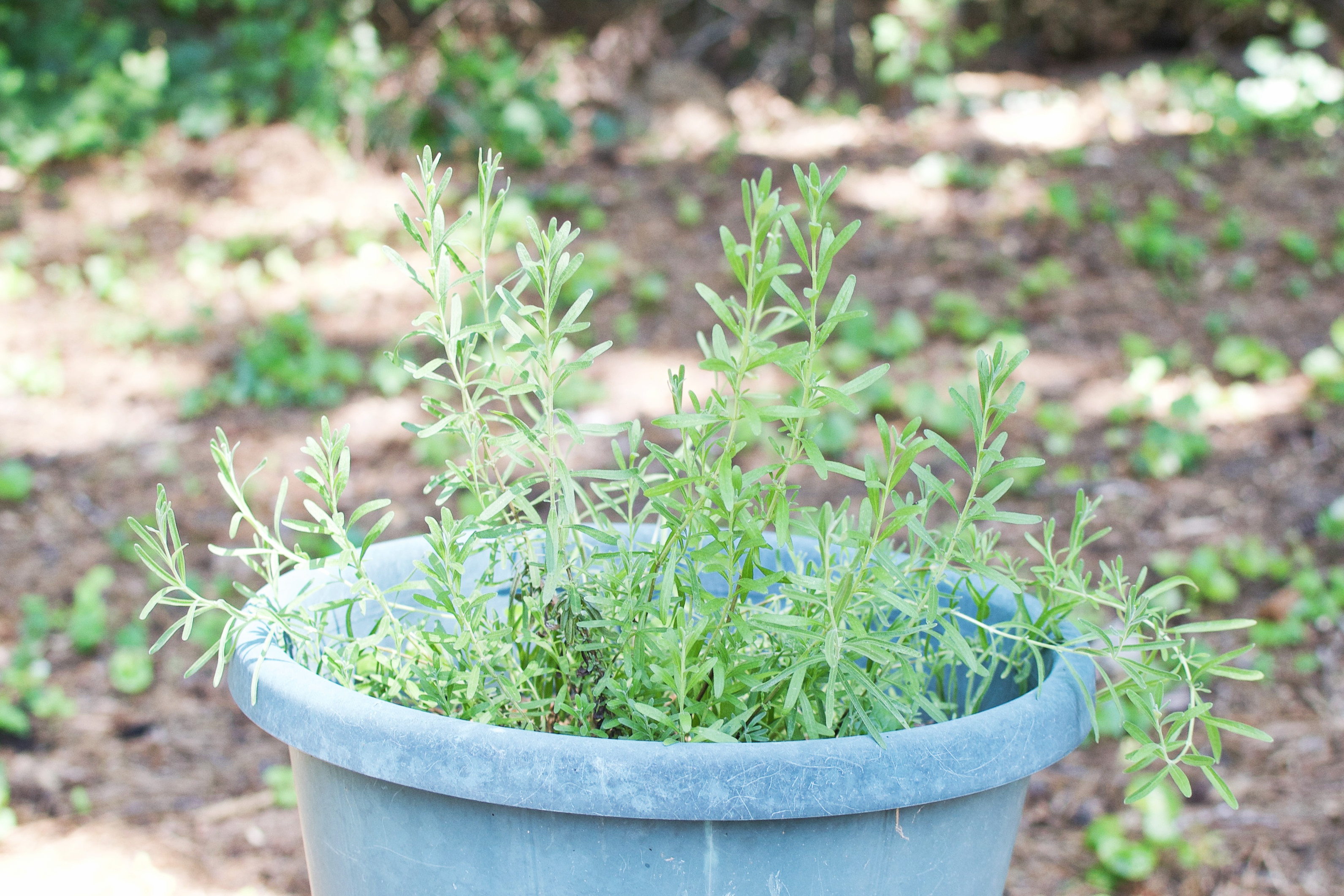
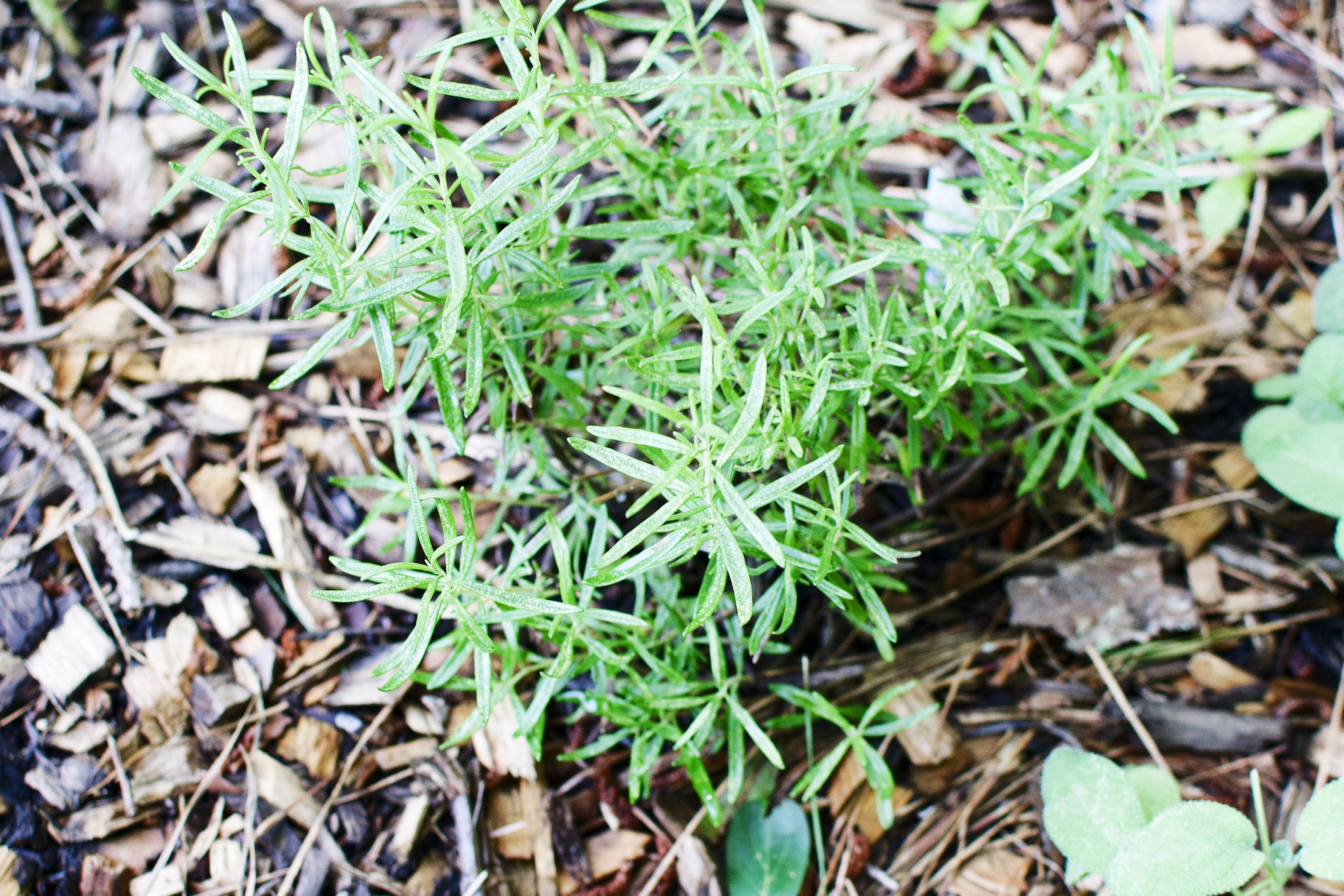
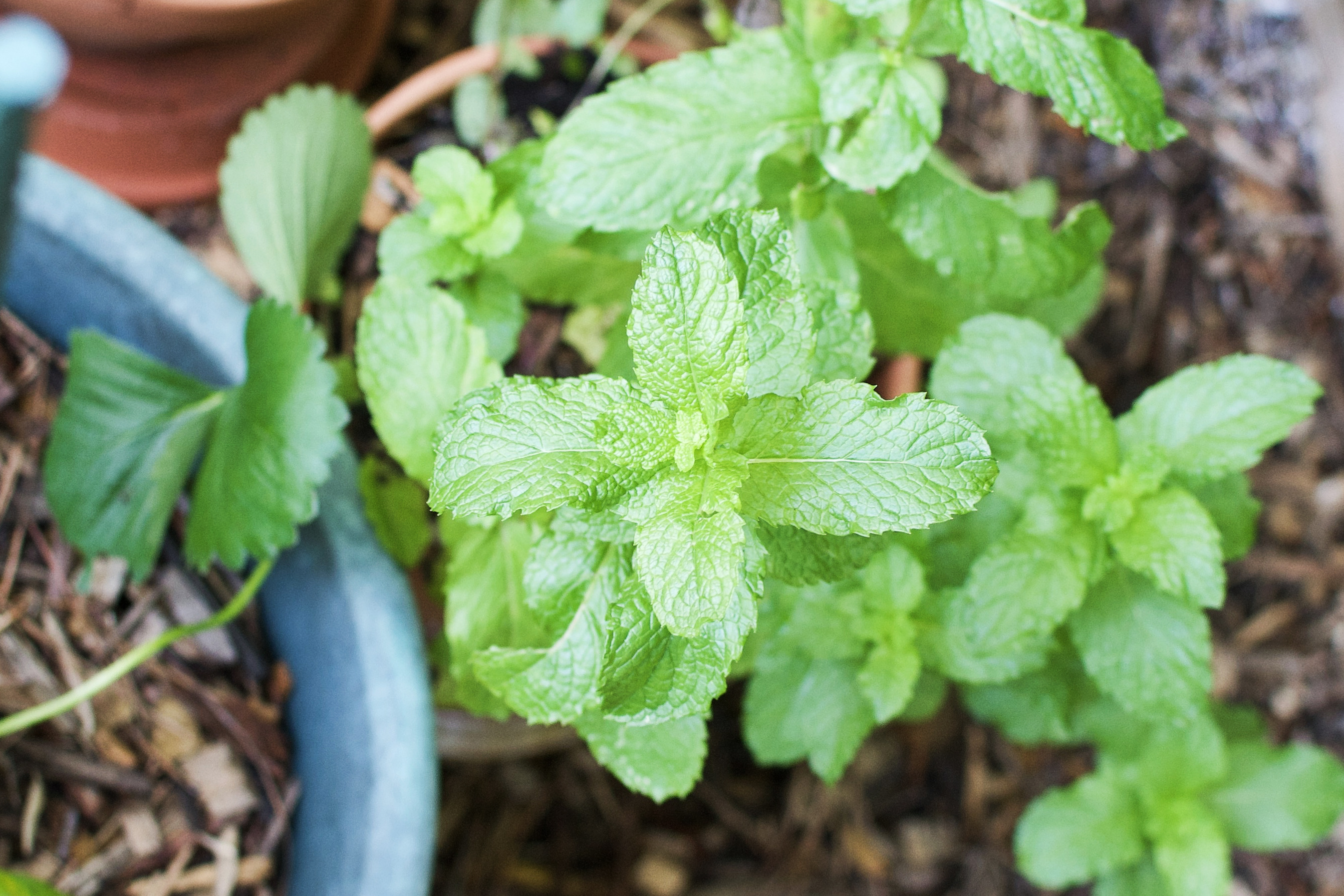
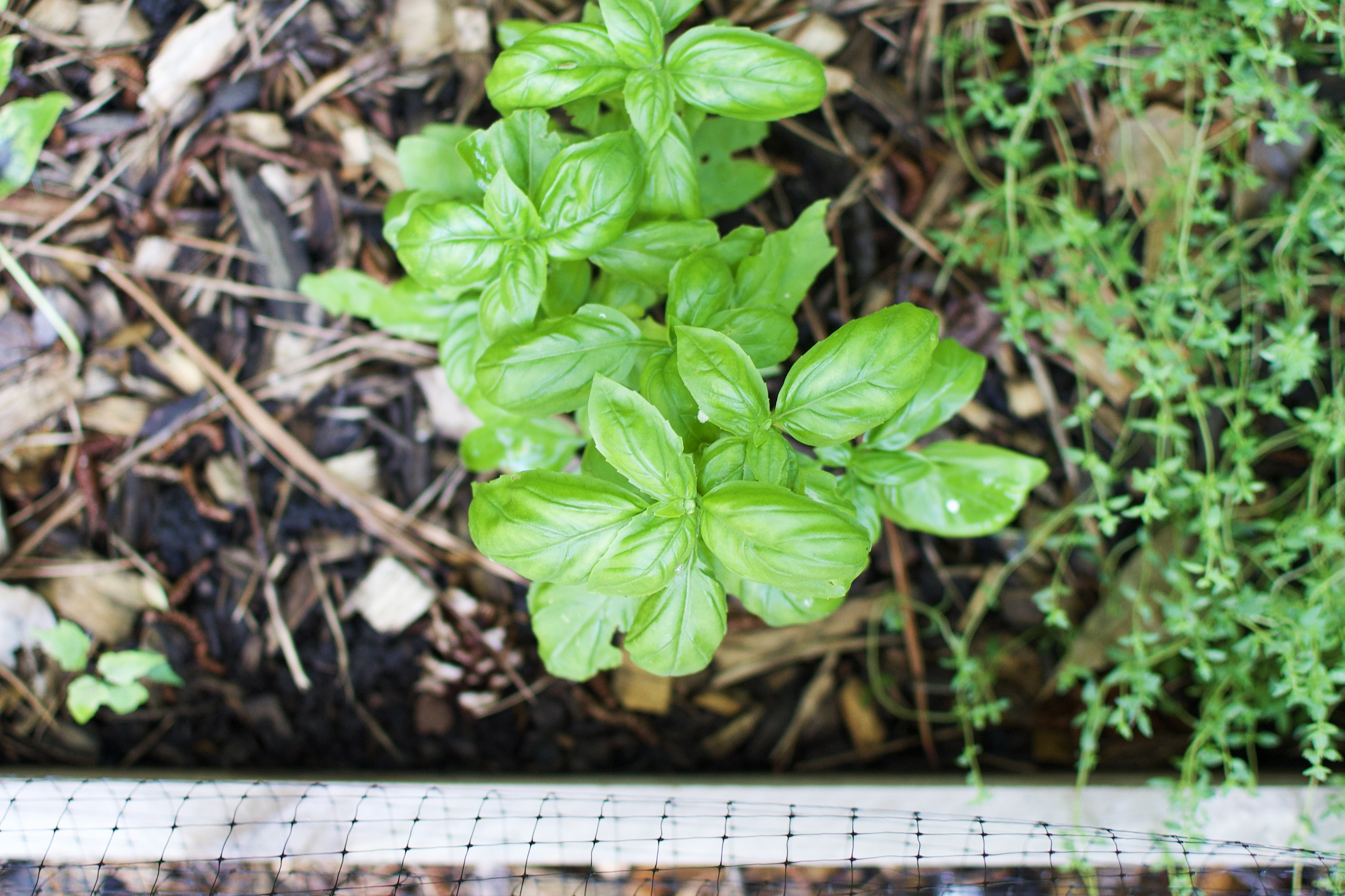
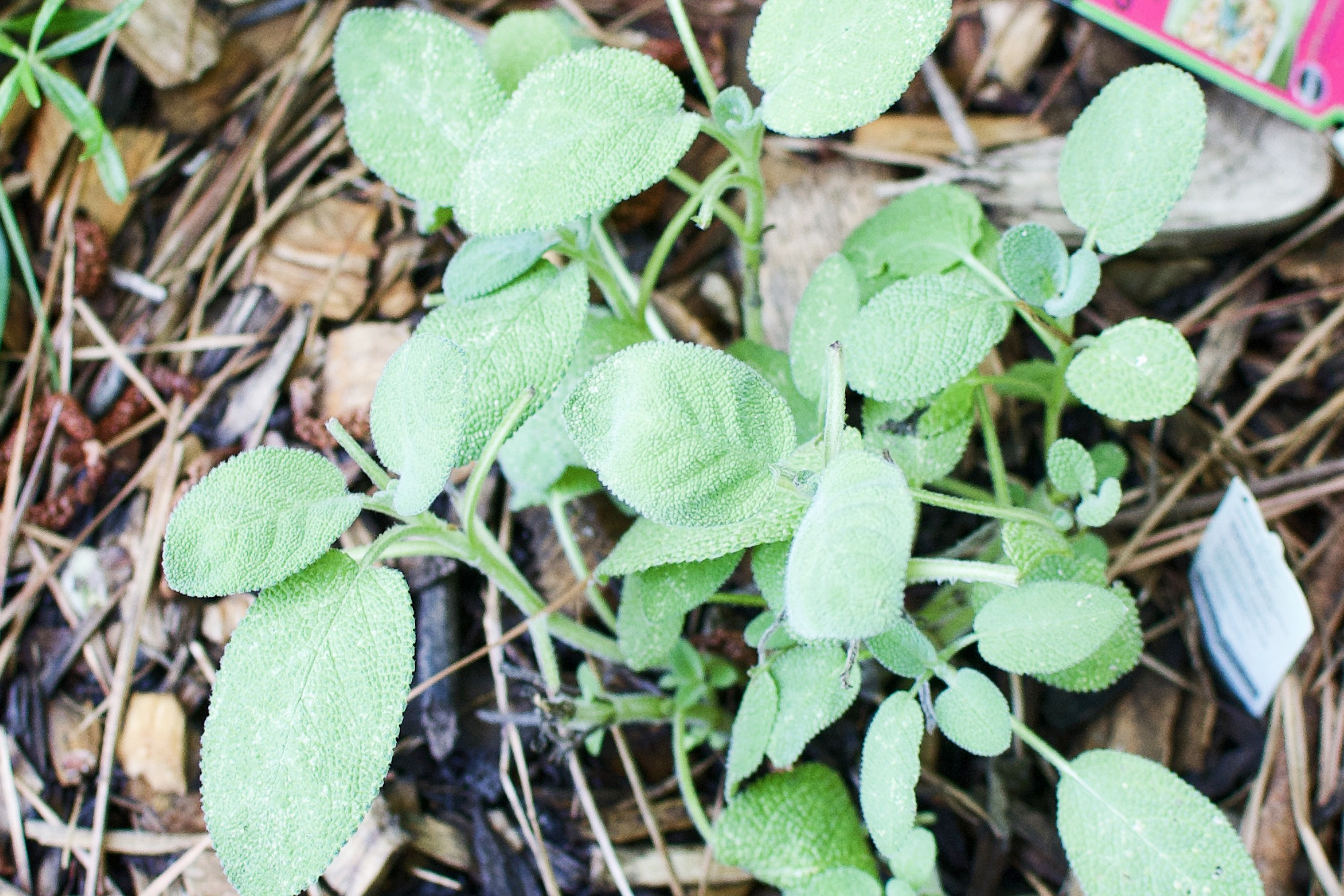
The hot & spicy varietal of oregano is high-fiving the cilantro. Both the Italian oregano & thyme have grown such long stems that they’re beginning to escape the comfy confines of the mesh fencing. Apparently our southwestern food game is way stronger than our classic American food game. Incredibly flavor-packed in chicken dishes and marinades.
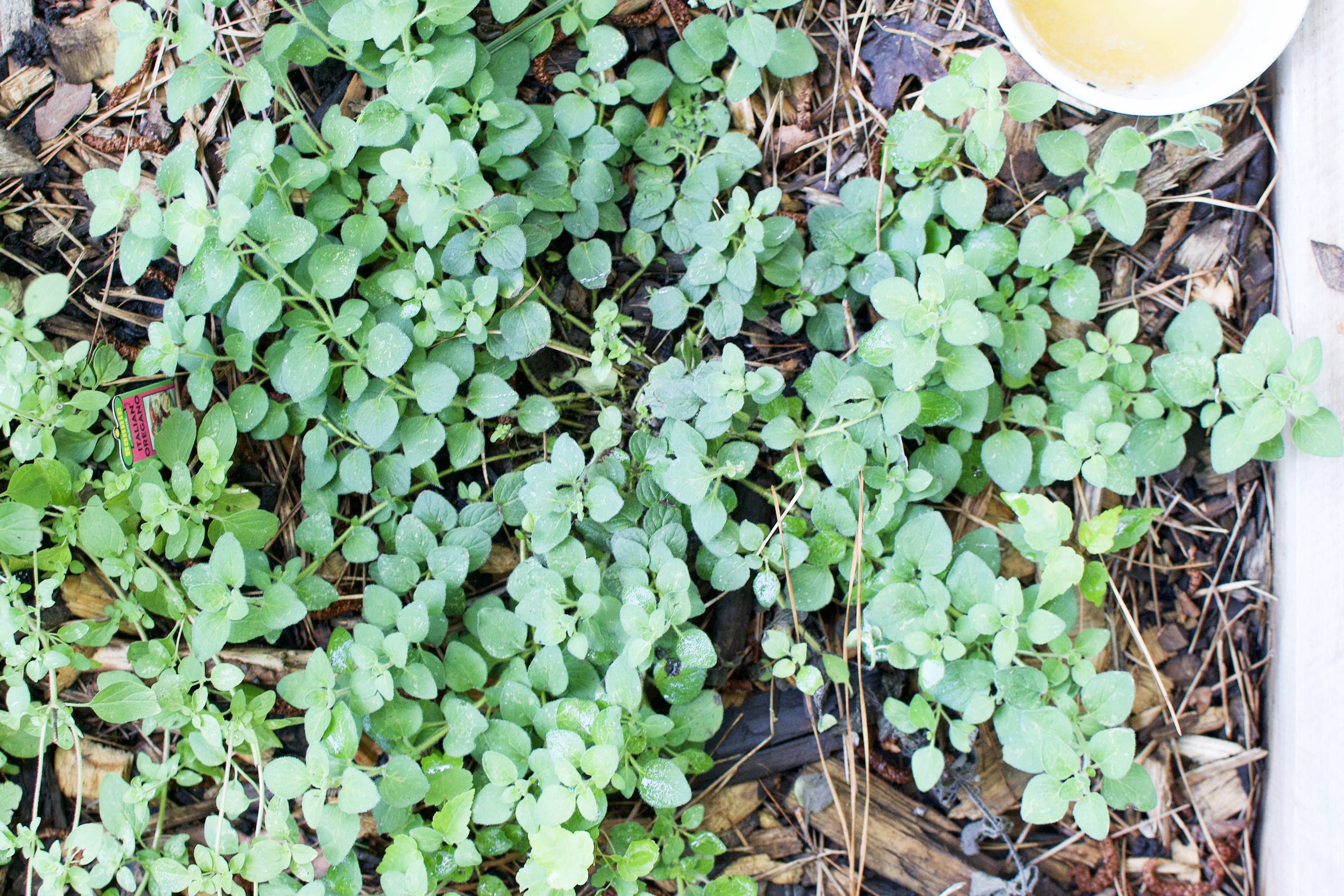
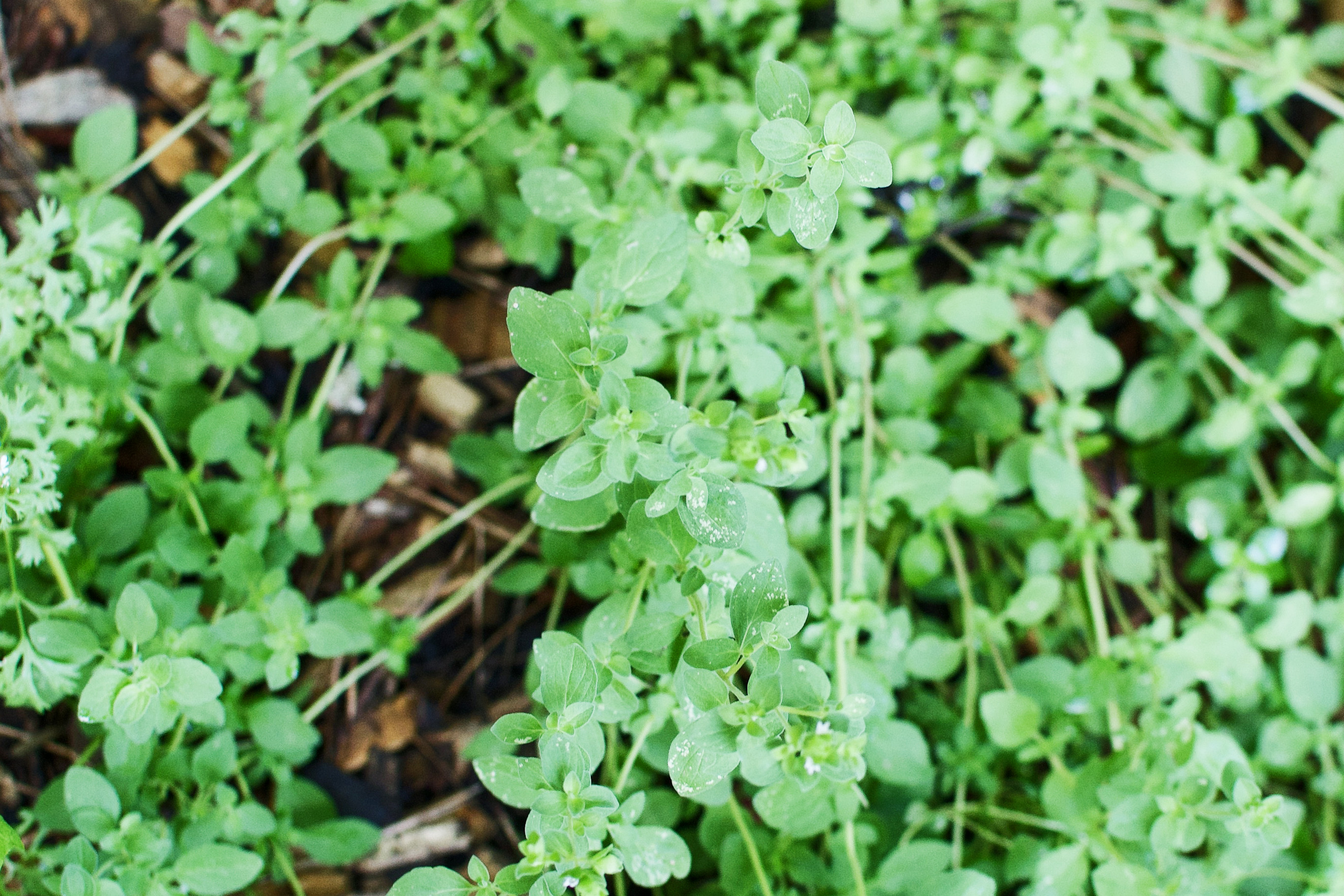
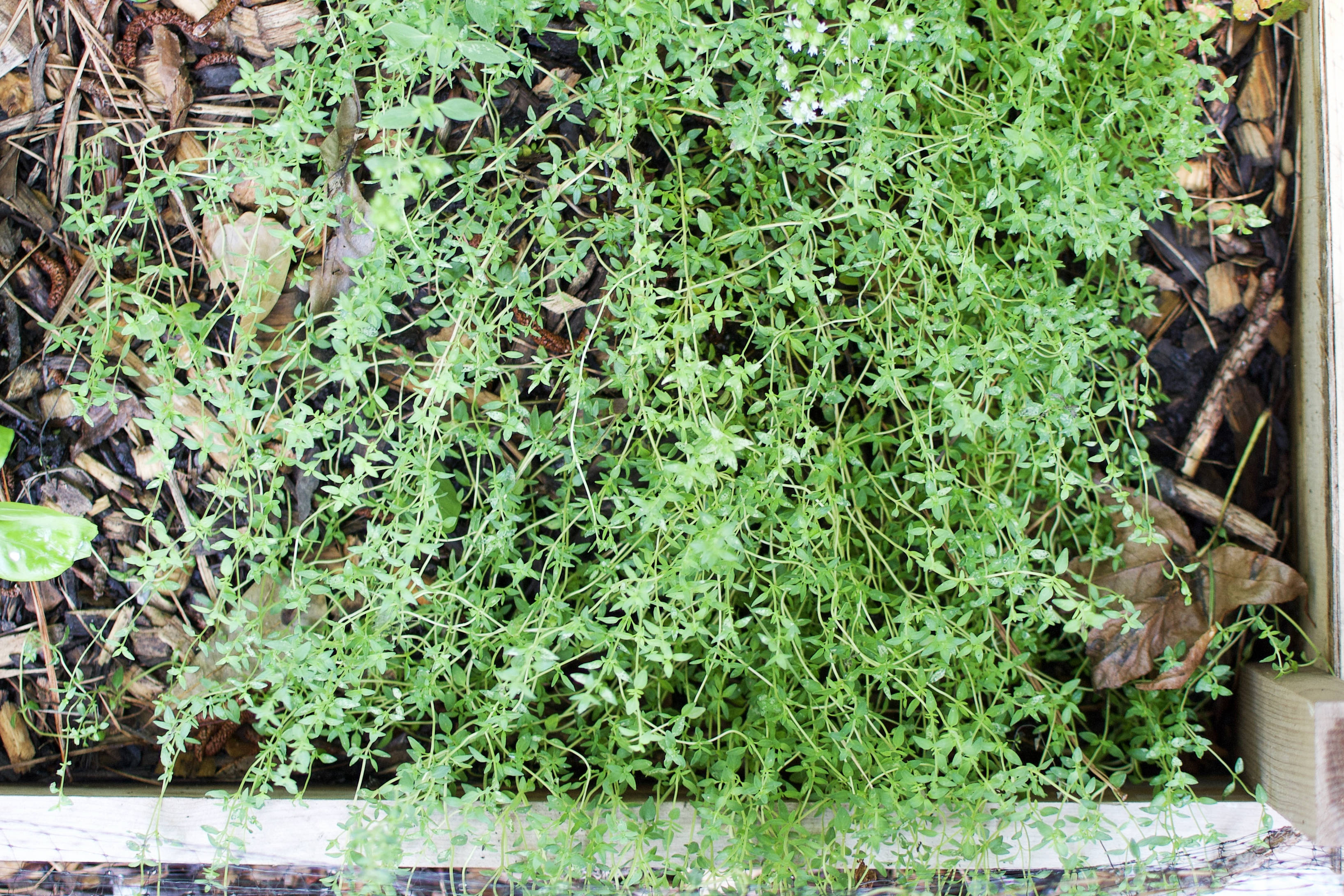
Plants in progress.
TOMATOES & SQUASH
The tomatoes are blowing my mind like Van Morrison. The stems are now towering over the garden at 6 feet high! Apparently composted soil & partial sunlight is their jam – no lime or fertilizer was added. The dinky 2 ½ foot tomato cages quickly became inadequate. Insert (4) green 6 footer plastic stakes, carefully malleted into the soil, and loosely tied to each stem. No sign of plump reds, let alone under-ripe green ones. Cannot wait for all the tomato dishes to come. Note on buggies: they’re mostly left to their lonesome!
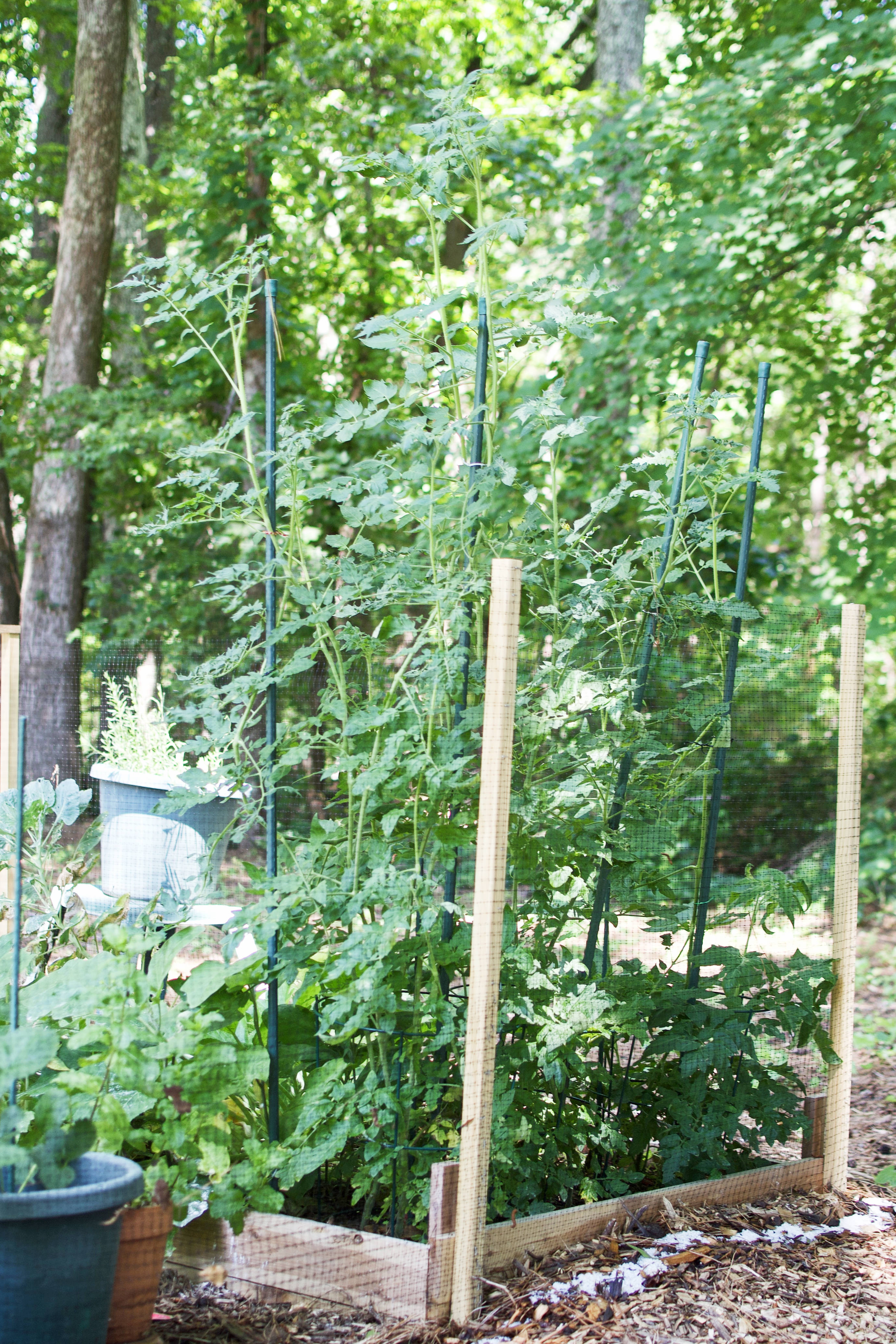
The yellow squash are happily covering a third of our left bed. Pretty, bright yellow flowers are popping up every other day. No signs of produce at the moment. Pests are beginning to eat holes in the flat green leaves, causing minor damage. When the first squash is ready for the pickin’, it’s going straight to oven, chopped into discs, and hand-tossed in extra virgin olive oil / salt / cracked black pepper / fresh herbs. We are also stoked to try our hand at frying squash blossoms. Can someone say gourmet?
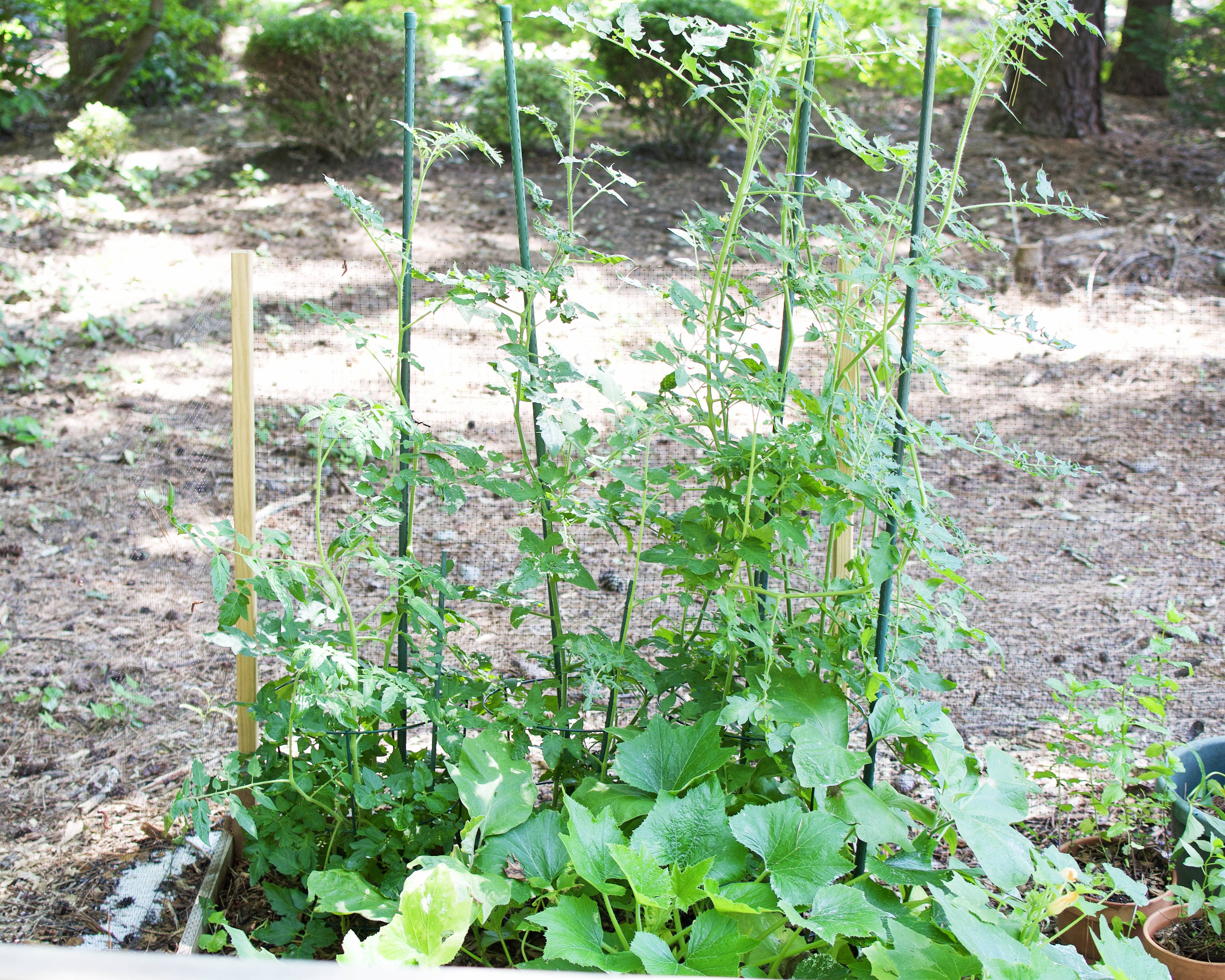
DRAGON CAYENNE & THAI PEPPERS
We’re talkin’ 20 of these scary looking pepper buddies! All green – none are showing any red pigment for the time being. I snuck a few of these into my face the other day and love the delicious heat. Our 4 plants have proven sufficient for a household of fire lovers. The Thai peppers are itty little green nubs that pack quite a punch. Snacked one and immediately got hiccups. Stay tuned for aromatic dishes these two will inspire.
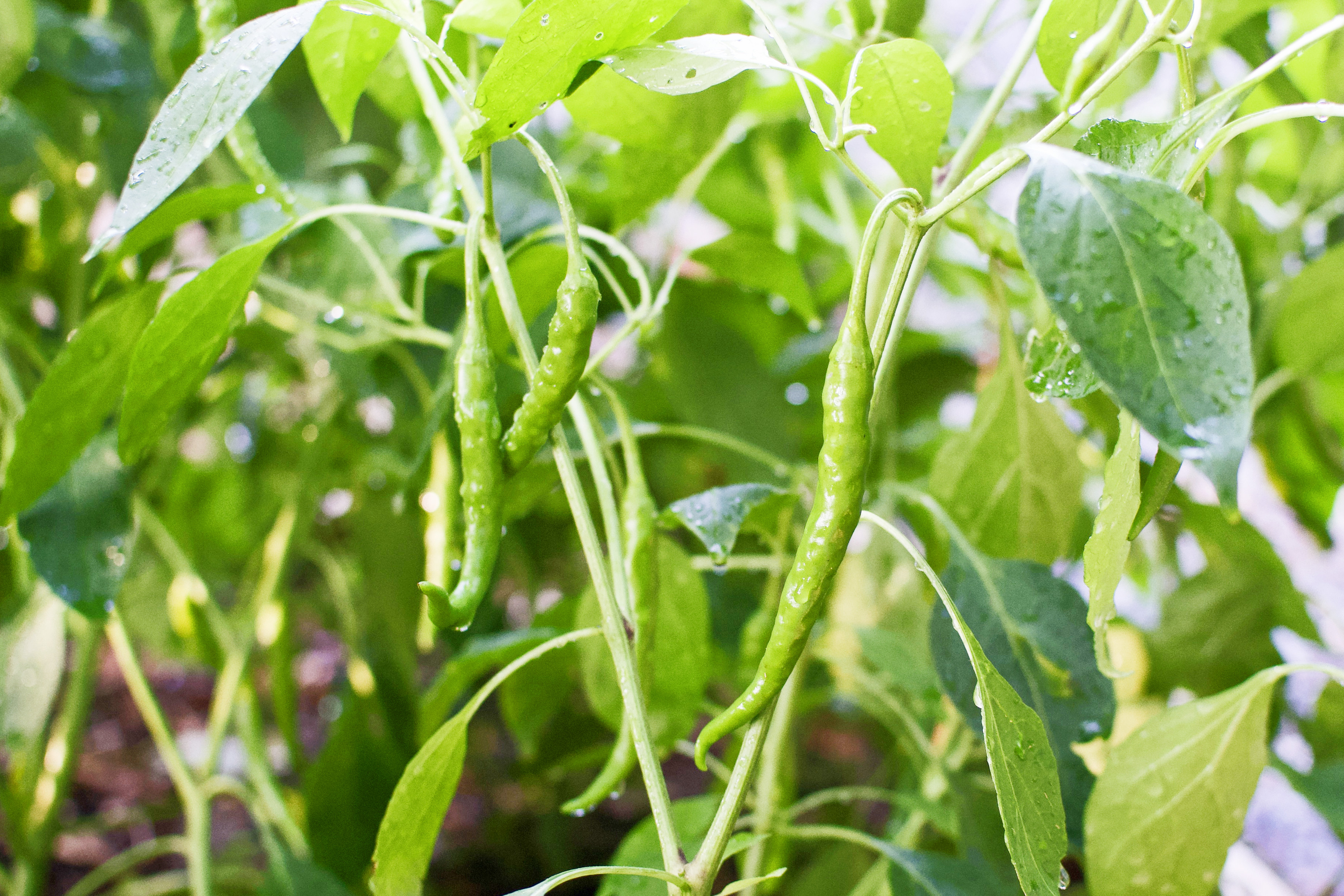
STRAWBERRIES
Picked the first ripe one and shared it with our little man. We both loved it. Such concentrated flavor compared to the store bought versions. Lovely balance of tangy acidity and juicy sweetness. Round two should be an entire grove of these fruit bushes.
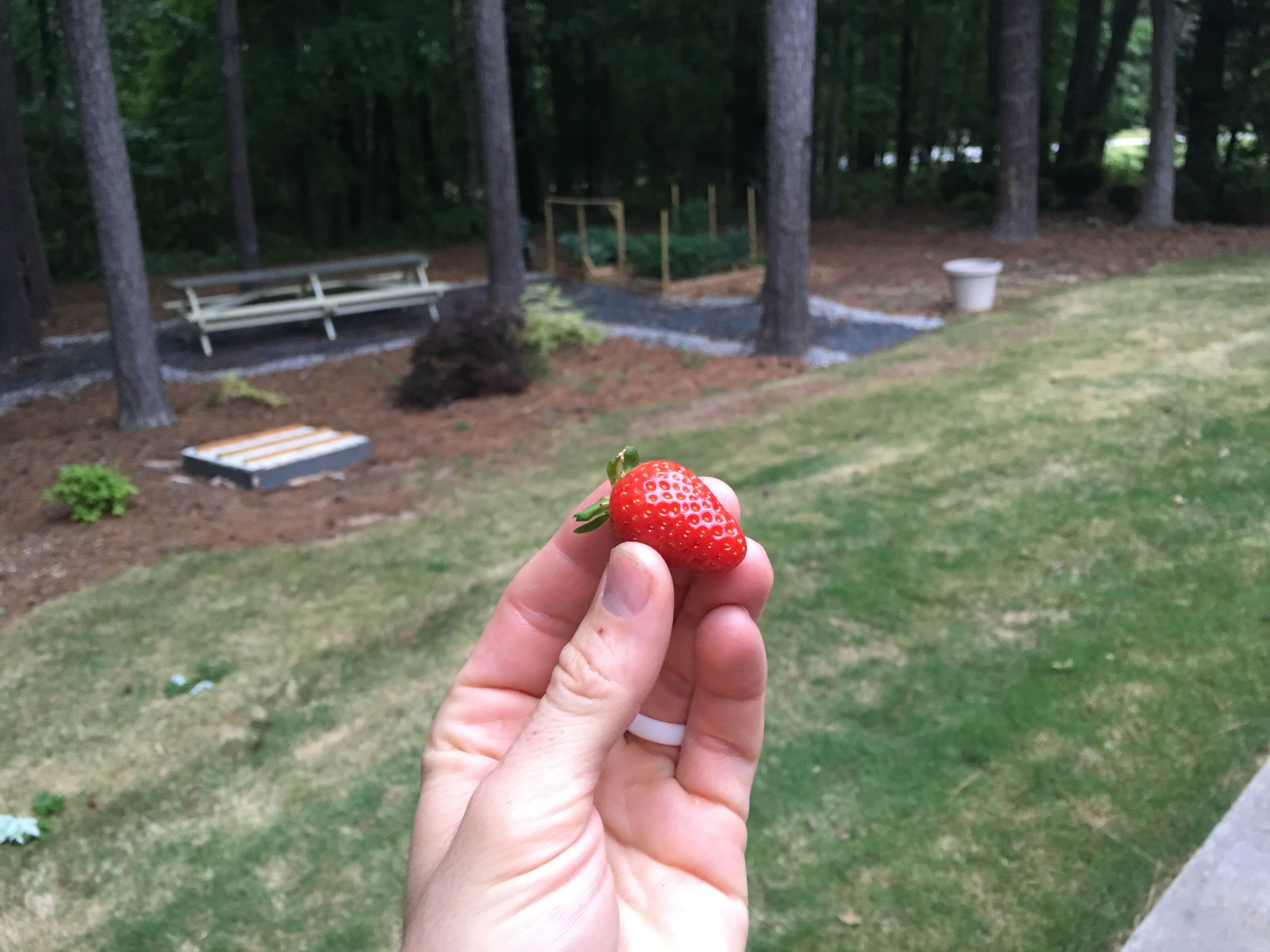
Note about strawberries pesticide residues: they’re the worst of the worst. The Environmental Working Group’s (EWG) review on pesticides in produce for 2018 ranked strawberries as the number one fruit to choose organic. They’re top list on the “Dirty Dozen.” One of their strawberries revealed a mind-numbing 22 pesticide residues. One third of all samples they tested proved to have at least 10 residues per strawberry. Keep in mind: a “safe” pesticide level for human consumption, as determined by the Environmental Protection Agency (EPA), is only tested per individual pest-killing chemical. The EPA hasn’t assessed the bodily effects of these 10 chemical leftovers in unison.
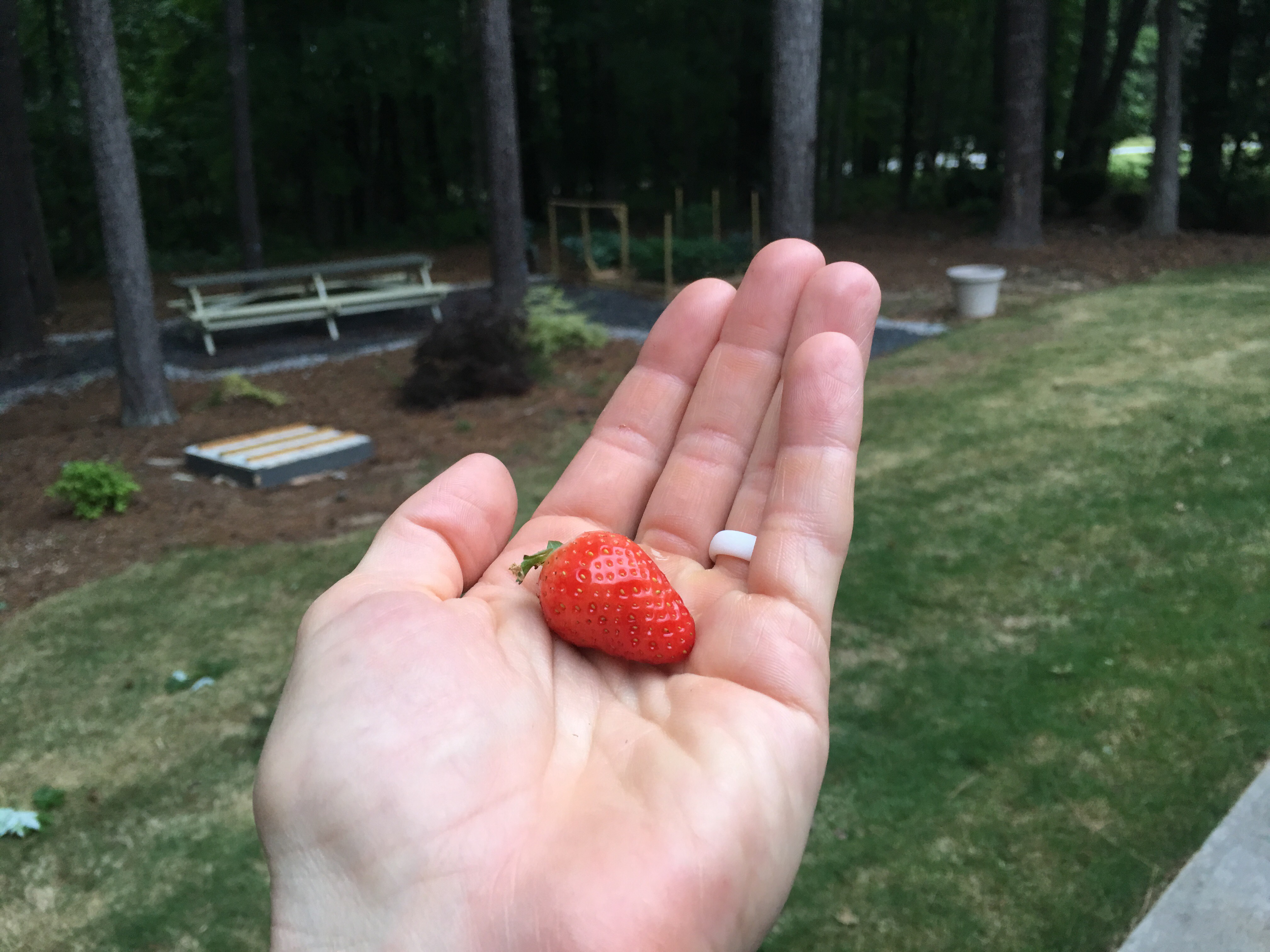
Pruning!
Feel bad slicing plant limbs? Well stop it. We like to call that a misallocated gift of mercy & empathy. Afraid of killing the plant instead of pruning it? That could actually happen. Don’t treat it like a crepe myrtle. But why prune in the first place? Here’s why: plant growth resources and energy are limited. If you allow flowers to grow, energy is taken away from overall plant & fruit growth to create inedible beauty. Same concept with regard to dead and dying leaves or limbs. Cut them off so resources aren’t wasted on an unrecoverable part of the plant.
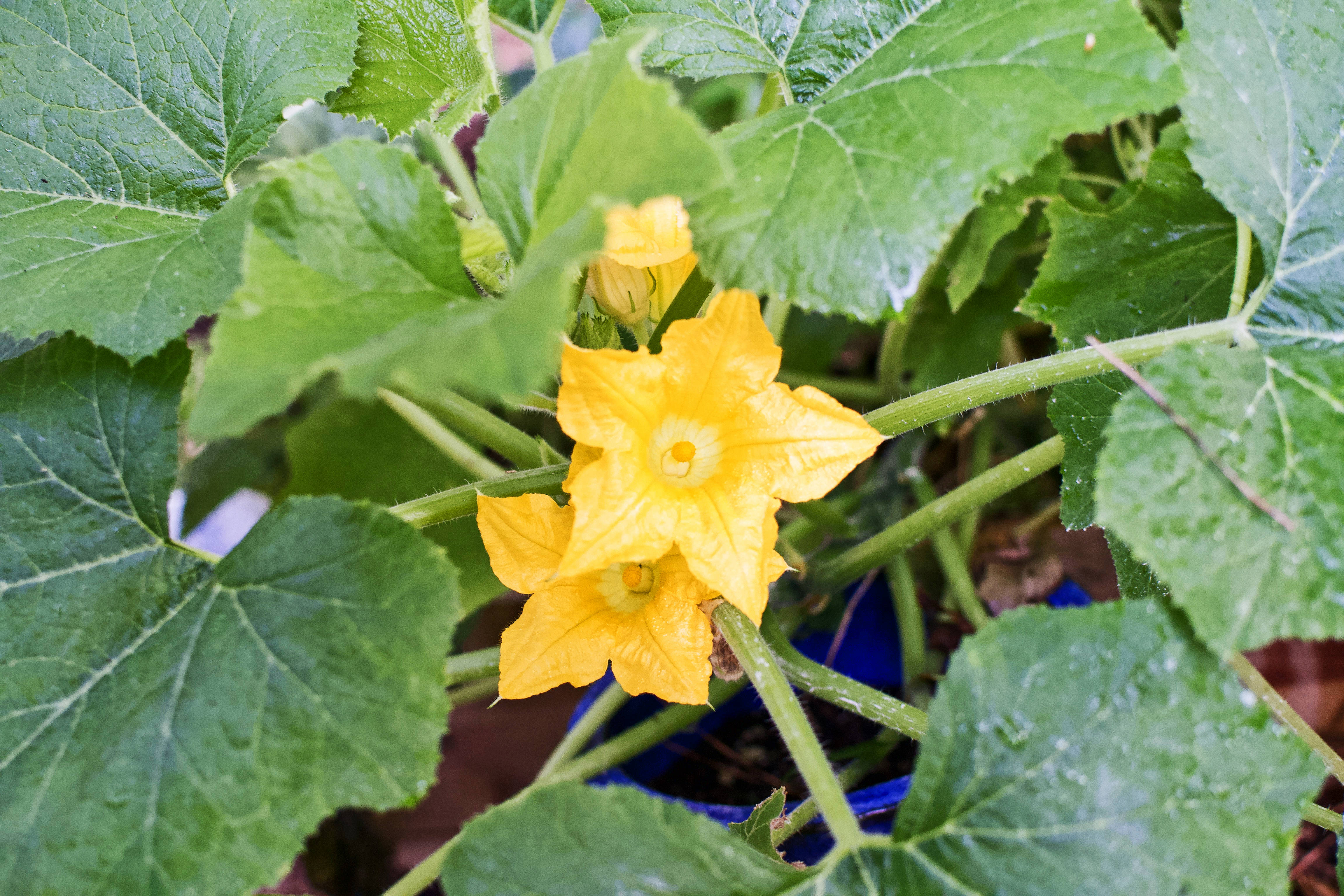
Organic insecticides, repellents & barriers.
NEEM OIL
Most definitely organic farming worthy. Derived from a seed on the neem tree native to India. Used threefold: as an insecticide, fungicide and miticide. Mixed it with water at the strongest recommended dosage for getting rid of insects, which was 4 tbsp of the Garden Safe brand neem oil extract to 1 gallon of water. I poured it into a 32 spray bottle and added 1 tbsp extract for the same concentration in a smaller container. To minimize any vegetative casualties, I applied at the max recommended time increment: every 7 days (as infrequent as every 14 days is also doable).
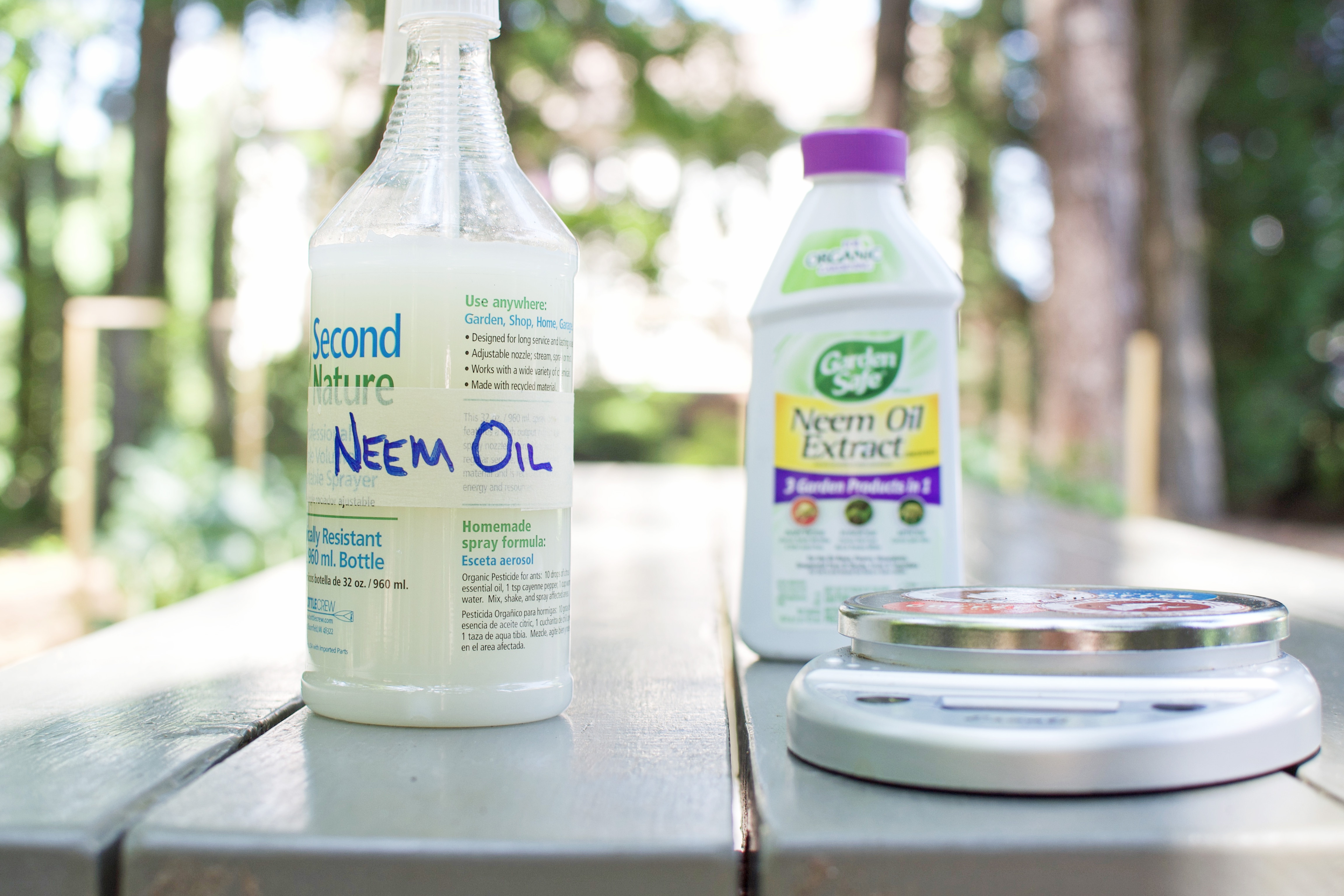
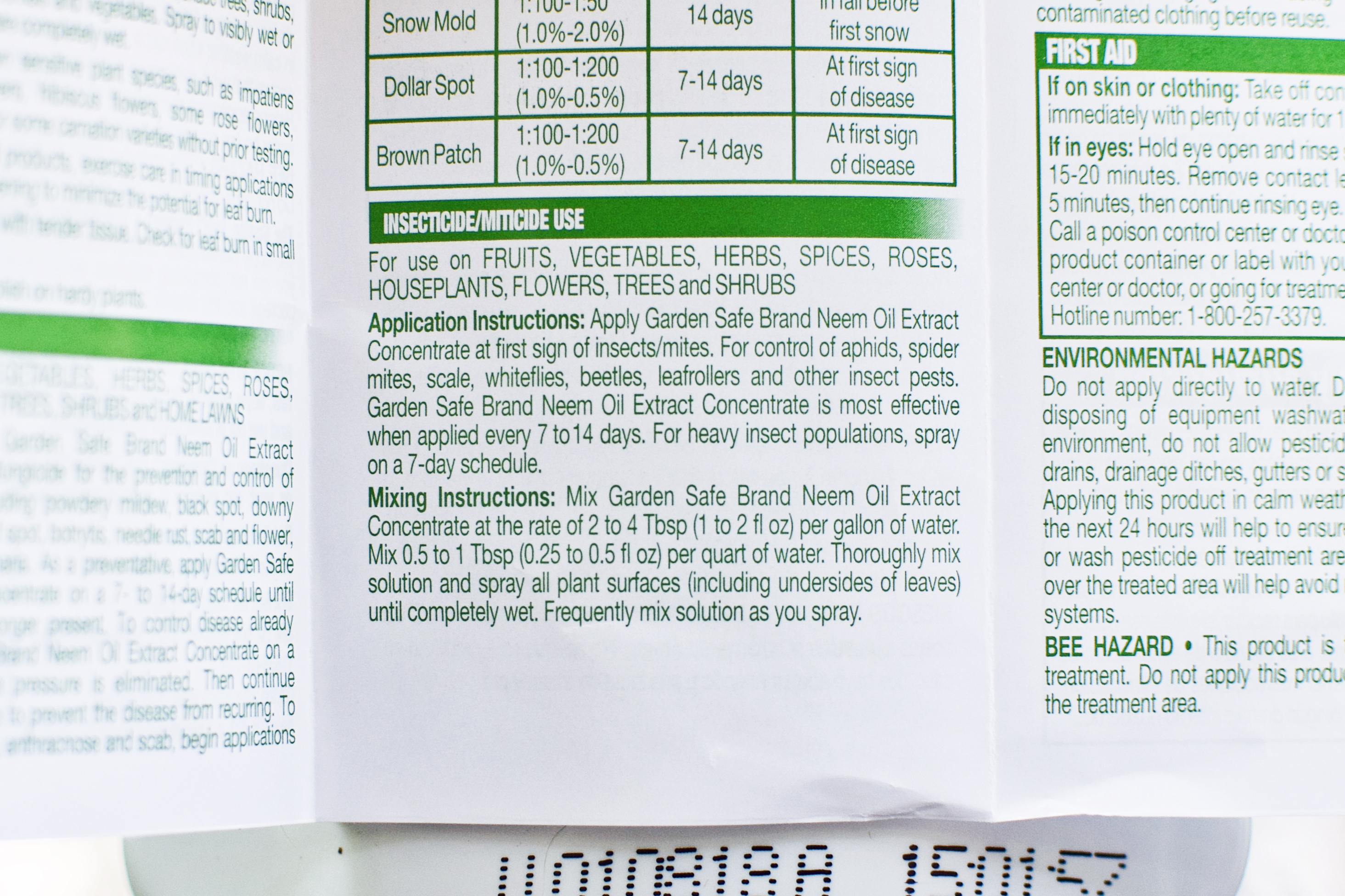
According to the National Pesticide Information Center, “Clarified hydrophobic neem oil (without azadirachtin) is made of fatty acids and glycerides. These substances are commonly found in food. When they enter the body, they are broken down, used for energy, and incorporated into cells.” The Garden Safe brand uses this exact type. Seemingly MUCH safer than the mainstream alternatives. Make sure to snag a 1-pack – somehow it’s cheaper on Amazon for 1 instead of 2 containers.
DIATOMACEOUS EARTH (DE)
Powdered silica. It’s a dust mined from the remains of fossilized water organisms called diatoms. Consider it a mechanical pesticide. Almost like one of Potters’ unforgivable curses directed at a bug. Like a thousand tiny knives that poor little exoskeletons have to walk through, get rocked by, lose most external moisture content, and then die within a few days. Is it wrong that I feel bad for those little buggies? I’m such a sucker. Misallocated empathy case and point, people.
$20 for a 10 pound bag of food grade DE! Hard to beat that pricing. Here’s the catch: it must remain dry to work properly. You’ll need to reapply as often as the silica powder is no longer visible in your garden. Does it destroy any skin it touches? Thankfully, no! Very mild irritant to the skin. The real risk is breathing it in, so wear a mask. However, water renders DE ineffective – just wash your produce before consuming. Evenly apply a very thin coat to the garden floor. If the tops & bottoms of your leaves are prime areas for attack, lightly spread it over the entire garden. We just spent $10 bones on a DE powder duster pump that should make applications MUCH easier. Pumps until your create a cloud of DE in your garden to use less powder for better / faster coverage, no need to spread by hand, and the under-leaves get coated thoroughly.
BEER TRAP FOR SLUGS
Freakin’ slugs are nomming everything! Or so it seems. But how do you target them naturally? With beer, of course. The same goes for sluggish humans, amirite? Clean out a few plastic containers, left over from sour cream in our case (per my strange obsession). Carefully dig a hole in the soil until the container is submerged in earth at least halfway to three quarters. Pour in the cheapest, crappiest beer you can find until the containers are half full. Don’t you dare waste local craft brew on your oozy antagonists.
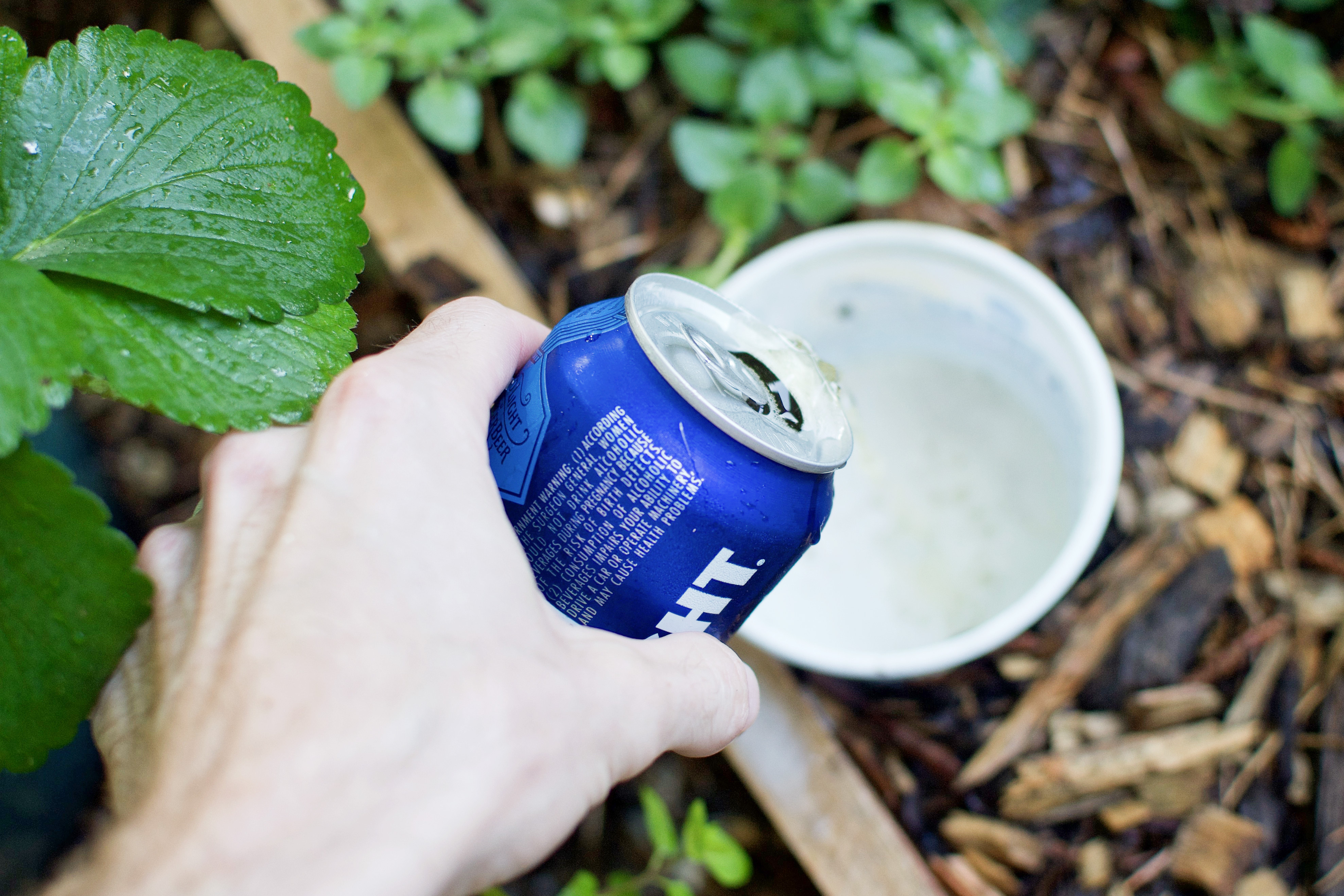
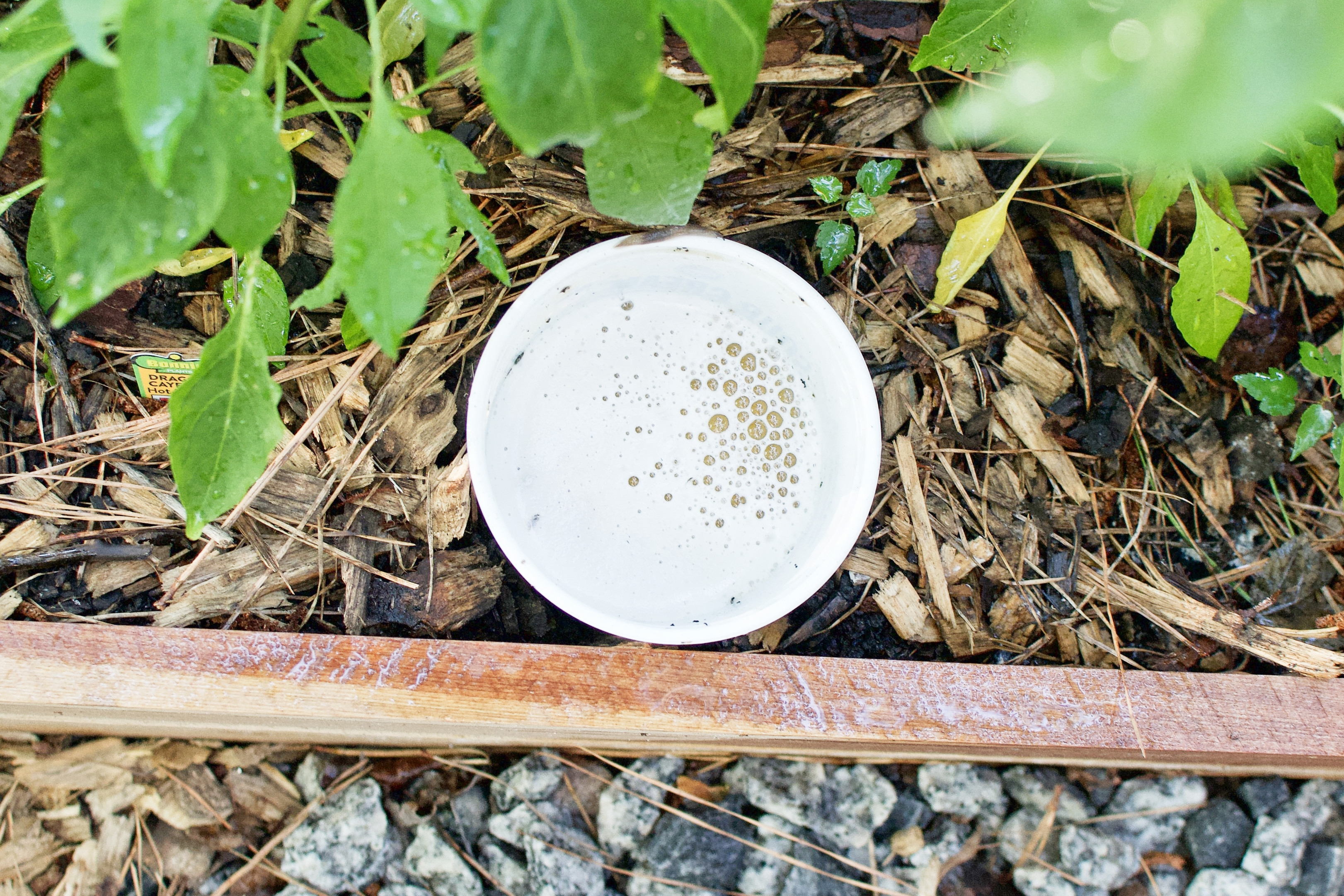
Think it’s a crock? A shim sham shimmy dance that sluggies gawk at? Get this: I installed four of these beer traps and within hours I counted a total of 12 slugs attached to them. Not to mention the ones that fell kerplunk to their doom that I couldn’t see or count. Pour out the waste and replace the beer at least every 7 days. I’ve read every 3 days, but we’re assessing efficiency as always.
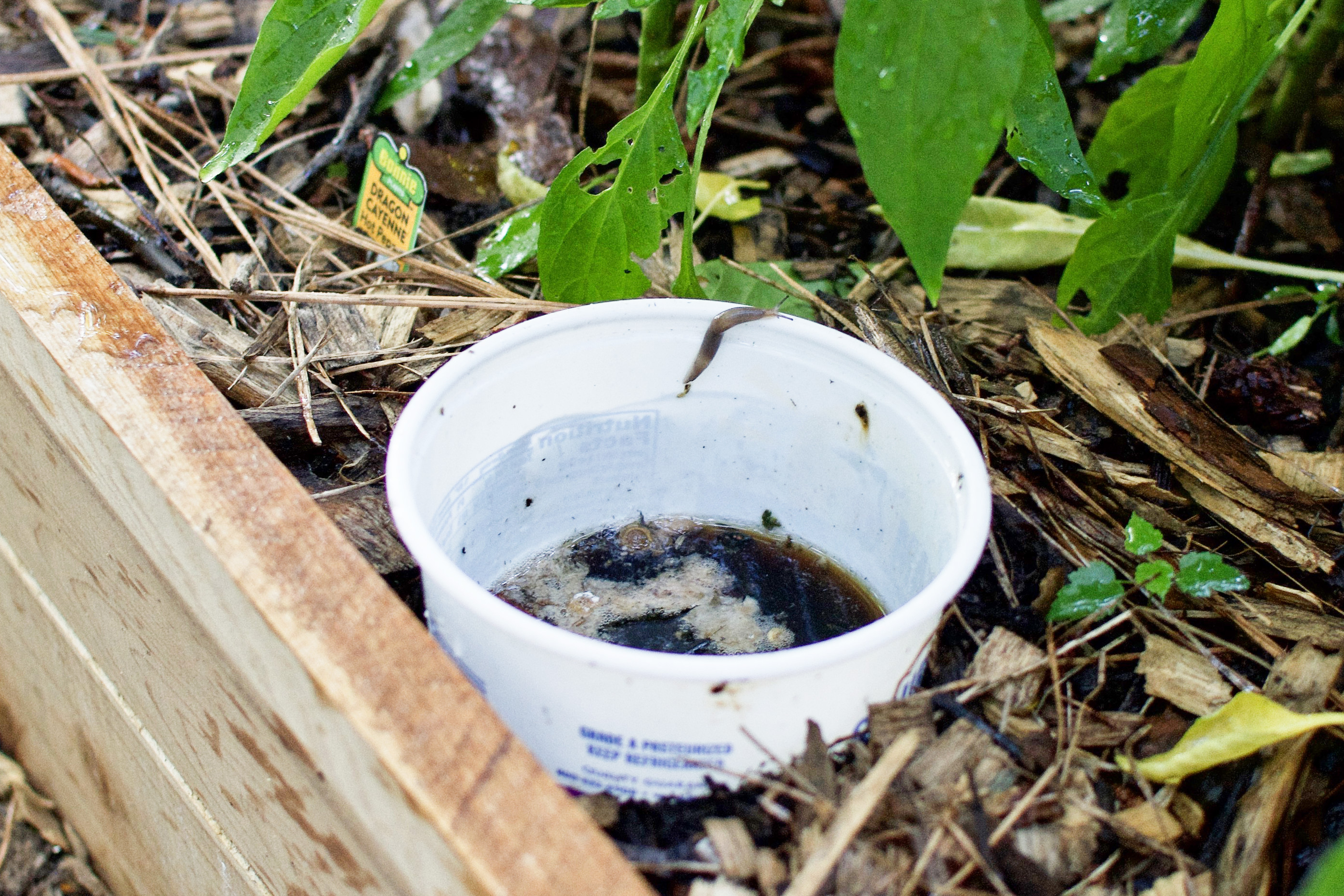
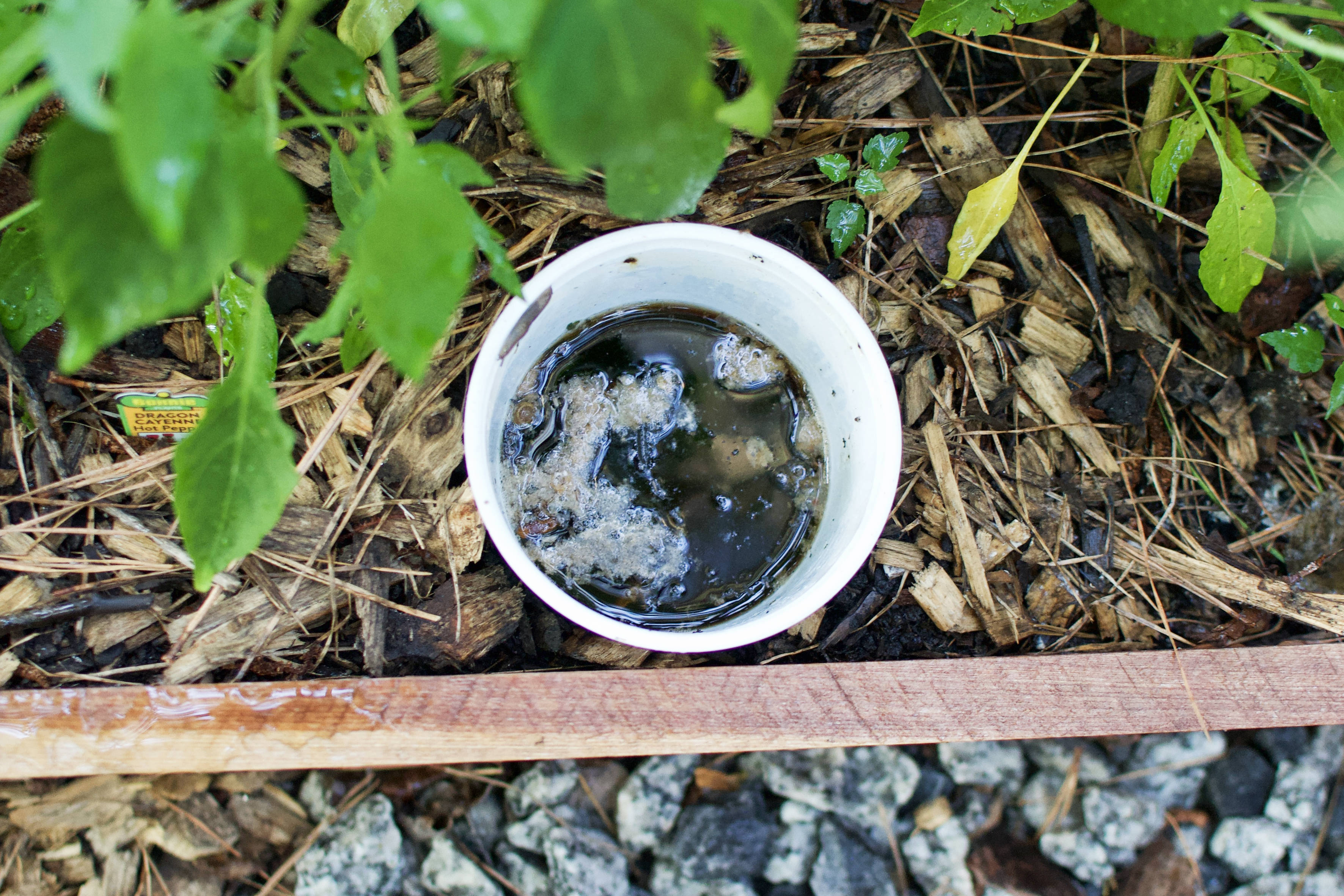
SALT BARRIER
The ultimate slug barrier. If you have a slug problem, and they’re clearly crossing the external raised bed threshold to enter your wonderland, pour a line of salt around the perimeter. They touch the salt, dehydrate, and eventually die. The cheapest product was a non-food grade pool salt at Home Depot – it’s not going in your garden, so don’t worry. If you opt to place some near your plants, be forewarned that it could kill them. Salty soil isn’t friendly soil. The cheapest option was buying 40 pounds of Diamond Crystal brand pool salt from Depot for $7.46.
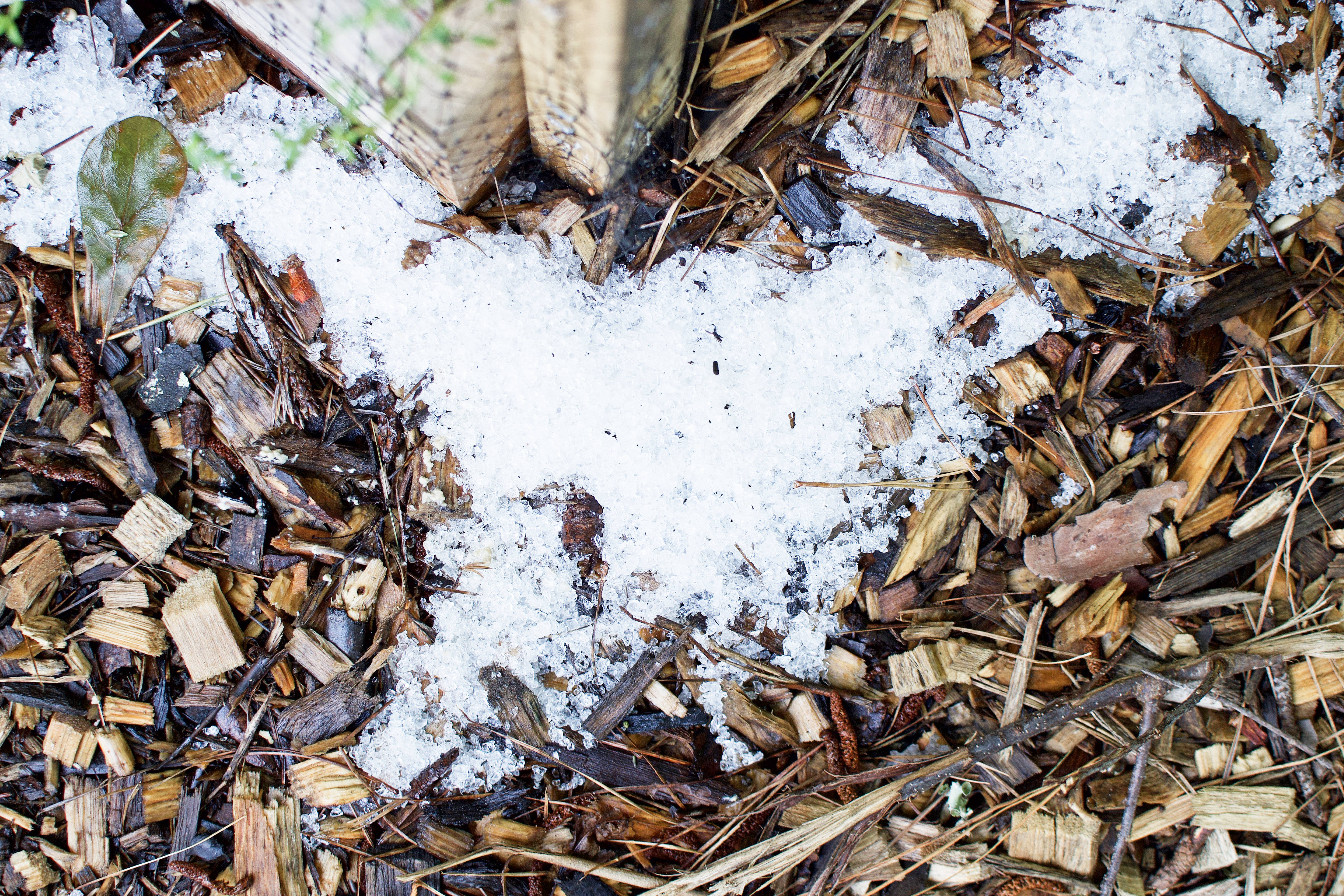
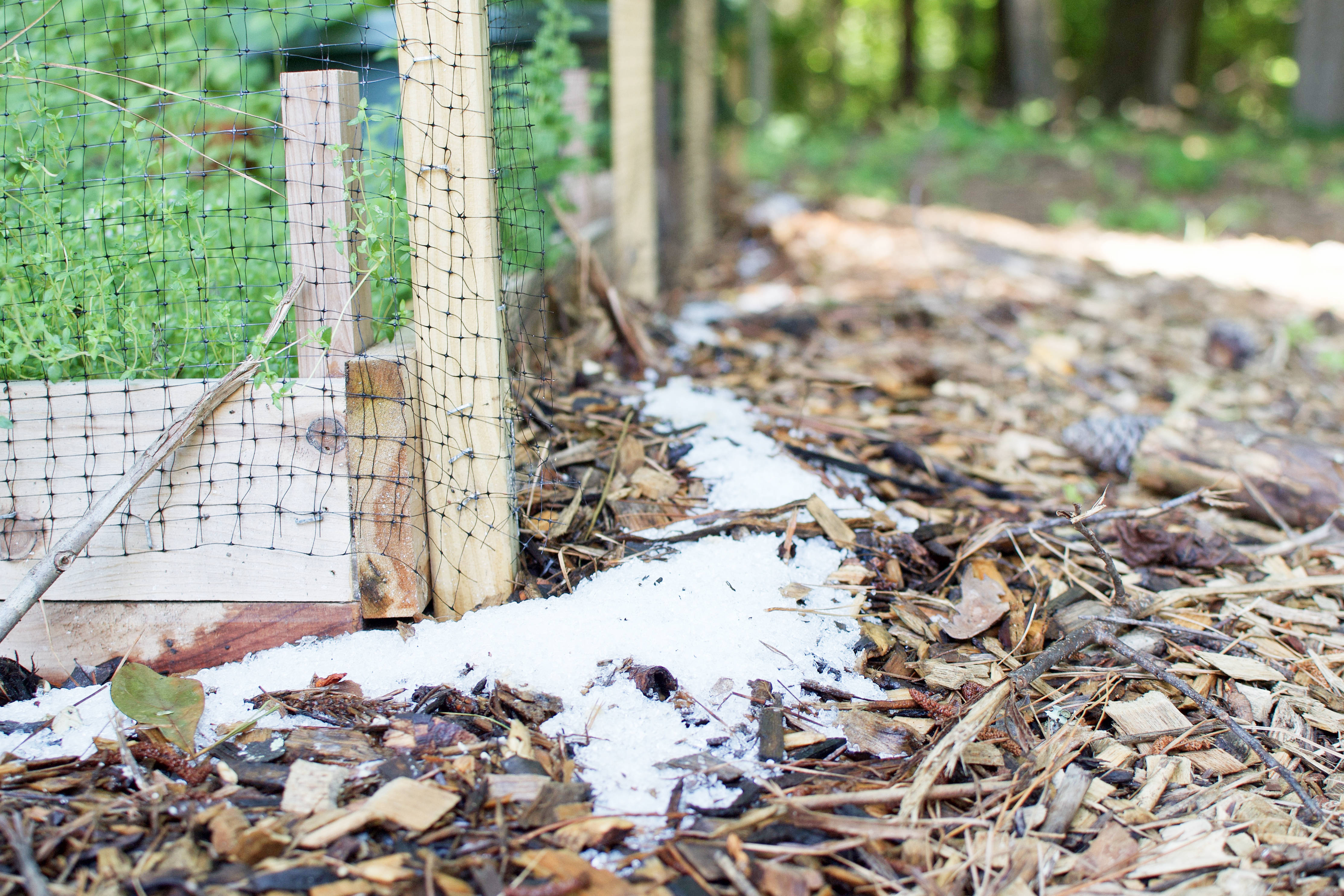
Join the convo.
So glad you stopped in for a garden update. How’s your garden coming along? Pots or hangers or in-ground or raised bed? What are you growing? Any produce harvestable? Successful pruning sessions? Your favorite natural pesticides or barriers? Join the conversation!
